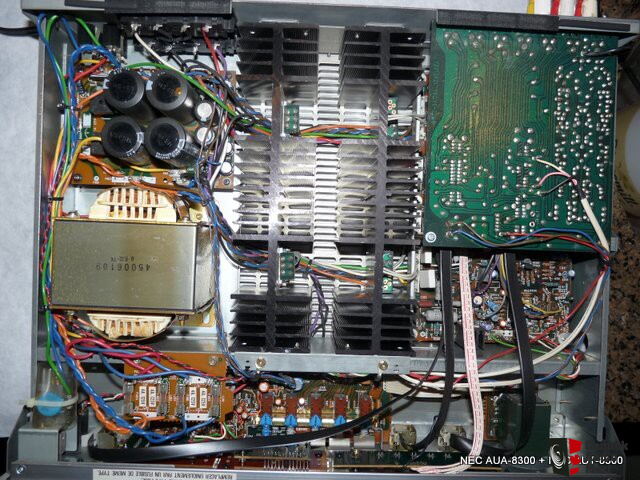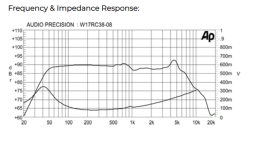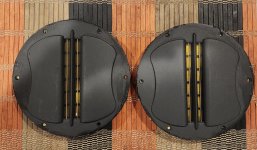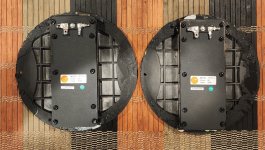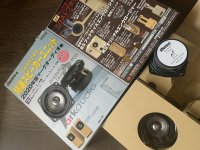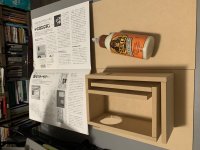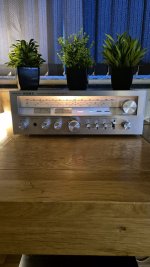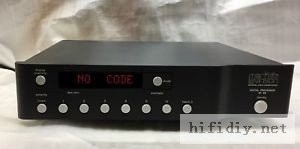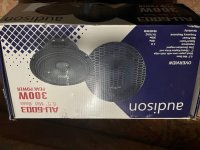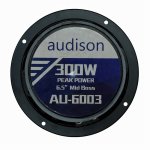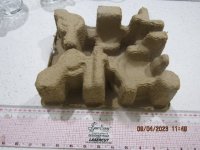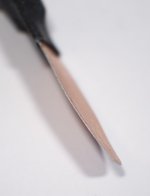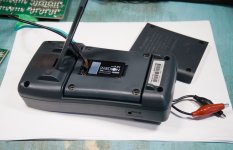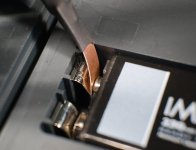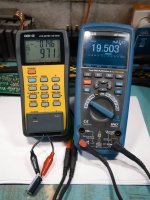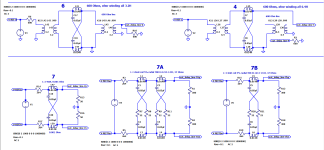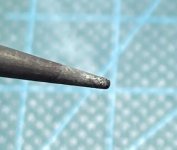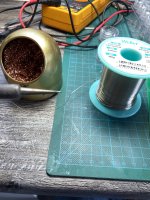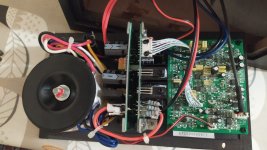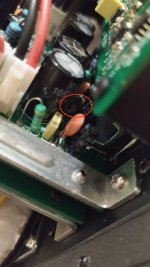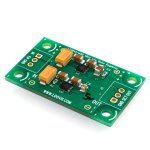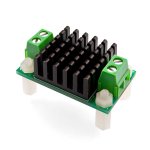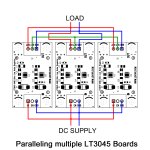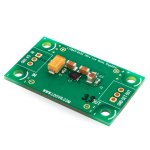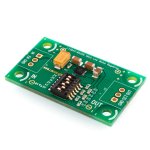A DIY Beginner's Journey
I began my DIY adventure about 1 year ago and thought it might be helpful to put together some suggestions for tools and other chachka to assist others getting started on their journey. It is worth mentioning that I have managed to spend $20 +/- on many items, wire, LEDs, screws, standoffs, crimp spades and the list goes on, so if you want to get into this you should anticipate additional expenses and time to get the stuff. I ordered some bevel head screws yesterday from Amazon, and they are waiting for me at home, Amazon Rocks!
Something that occurred to me last night, a very worthwhile purchase, perhaps a necessity, a Fire Extinguisher!!!!!
Just posted this further in, but it is worth repeating, It is a wise person who knows when to take a break! Along with this spending a minute or two to double check and then check it again can save hours of frustration!
The first thing is to have an organized work space and extra storage for various tools and supplies. Storage for supplies turned out to be a big one for me as I accumulated a lot in a relatively short time. If you are going to get serious about DIY there are many things that will make your projects look better and likely perform better. I generally find that it is better to pay a bit more to acquire quality tools that will function as expected and last. Having a notebook for projects can prove invaluable, having a place to notate, refer, and document can be a real time saver, and if for some reason you have to put your project on hold 😱 it's much easier to pick up from where you left off.
Tools:
1. A quality soldering station, my first one was a ToautoDS90 from Amazon, notice that the wand is held to the body by a plastic nut. Plastic nut, high heat 🤔, yes it comes apart frequently. I ended up replacing it with a Hakko FX888-D, much better!!
2. This is a good place to mention solder and Flux. Initially I started off with various Silver solders, Audioquest, Wonder Solder but switched over to Kester 24-6337-8800 50 . I have no way of telling if there are sonic advantages to Silver solder, but the Kester melts at a lower temp, flows nicely and is much easier when you need to de-solder. Speaking of which I like Vampire Tools Solder Sucker. While I started soldering without Flux I found that a judicious amount of Flux is quite helpful, both for soldering and de-soldering, this, MG 8341-10ML Flux Paste, 10 milliliters Pneumatic Dispenser, works very nicely, small amounts go a long way. To help clean the board I am using Chemtronics ES1696 Flux Remover 12 oz.. Another thing worth mentioning is temperature used for soldering, I would invite anyone w/ more experience to chime in, but I typically solder at 700F, although there are some applications that require more, ie. soldering speaker wire to binding posts, according to @ItsAllInMyHead, IIRC, 800F for this would be better. That being said, I was taught by the folks at Mark Levinson decades ago that the mechanical contact is most critical and solder basically seals the joint.
3. After additional reading/research it seems clear that crimping is preferable to solder, though if done correctly sealing the joint with solder can be beneficial. As in most things because a method is recommended and potentially superior it requires the correct tool to create good quality crimps. As mentioned in the Section, "Chachka AKA Stuff" there are various types of crimp connectors, insulated, non-insulated etc., and each type requires a different "jaw". Haisstronica 6PCS Crimping Tool Set, appears to be very nice, got 1 due tomorrow 😉. Regarding "sealing" a connection with solder, it is a to tin wire prior to crimping as this not only mitigates the advantages of "fusing" your connector and wire, it can cause the premature failure, and no one likes that! Soldering to seal the joint does require some expertise as you don't want to wick solder into the wire.
to tin wire prior to crimping as this not only mitigates the advantages of "fusing" your connector and wire, it can cause the premature failure, and no one likes that! Soldering to seal the joint does require some expertise as you don't want to wick solder into the wire.
4. When soldering it is often helpful to have a third set of hands, and this is where "Helping Hands" come in handy. There are many to choose from, but I prefer relatively cheap ones of this type, for much of the work I prefer Magnetic Adjustable Circuit Board Hold.
5. THIS is potentially less known but incredibly useful, Lead Bender, these will help get consistent, properly spaced bends in the legs of resistors etc., which not only adds to the aesthetics but likely the overall performance.

6. A "Shear Cutter" Diagonal snipper, Xcelite 170M, is what I have had for decades.
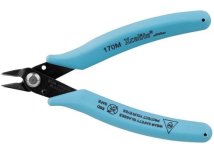
7. Obviously an assortment of screwdrivers and various bits, iFixit, is an outstanding driver set w/ a very nice aluminium 😉, handle and a nice assortment of bits.

8. Preciva Ferrule Crimp Kit, something that I was unaware of until @ItsAllInMyHead, thanks, suggested it! This is inexpensive, good quality and makes connecting wires to euro blocks more secure. What more could you ask for? It was recently pointed out to me that the ferrules come in 2 different shapes, thanks @vanofmonks, square and hexagonal. Apparently the square ones are designed for the euro blocks on my Aleph Jzm, but the hexagonal when tightened down flattens out and works beautifully.

More to come.
Something that I should have mentioned earlier, keeping your solder tip clean, a moist sponge is handy, will yield better conductivity and make your tips last longer.
9. A magnifying/lamp is very handy, but to inspect work it's hard to beat a pic from your phone.
10. A heat gun, Seekone Mini Heat Gun is reasonably priced, works well and takes up minimal space. Shrink tubing of various sizes not only enhances the look but can prevent accidental shorts. You will have a few options for shrink tube, 2:1, 3:1, w/ adhesive and without. My favorite for most use is non-adhesive 3:1, it's a bit harder to find but is nice if the price is reasonable, otherwise 2:1 works fine.
11. Clearly multi-meters are a must, and it is definitely worth while having 2, 4 is even better. When biasing your amp you will find it much easier to use 2 meters/channel to adjust both bias and DC offset without having to go back and forth. I recommend either getting a meter that includes plunger mini-hooks and banana ends or purchasing something like Micsoa Multi-meter Test Lead Kit.
12. A variac or DBT, Dim Bulb Tester, is definitely a good idea if you build any kits and especially so as the $$$ and power go up. I have been resisting getting a variac and have some older incandescent bulbs, new ones are available as "Appliance" bulbs. There are some posts re. DBTs including 1 that I just built, including diagrams.
13. Wire strippers are a necessity, I use Klein 1009, a quality tool that will last a lifetime. Take note that it is etched with "Stranded" and "Solid" which are different notches for the same gauge of solid or stranded wire. For finer gauge I have an old Greenlee that strips as fine as 26 gauge, the current version, 1917SS, is a bit pricey but looks nice.
Many of the projects include pretty much everything that 1 needs to complete a build, but having chachka on hand can make a build easier and more professional looking. Some have already been mentioned in Tools, so I'll skip them with the exception of a second mention of the Ferrule Crimp Kit, I just like that word, Ferrule hehehe!
Chachka AKA Stuff:
1. An assortment of both insulated and "sleeved" spade connectors, see Tnisesm, is worth having. It has appropriately sized female spades for just about any situation that you will run into. As a generalization I like to use Spades/Ferrules in power supply sections of my build, I mentioned earlier that I had been taught that mechanical connection first and use solder to seal the joint, perhaps someone w/ more experience might chime in on this?
Something like Mentbery 160 piece male/female spades, is a nice kit.
2. Having an assortment of metric fasteners can come in handy. My collection of metric screws, bolts, washers, nuts etc. has grown a bit, and while they come in little organizers I just ordered some "Crafts" organizers in an attempt to consolidate.
3. It is highly likely that there will be times when you will need additional wiring, based on suggestions by other forum members as well as reviews on Amazon, , I purchased 16 and 18 gauge silicone insulated wire from BNTECHGO, also, Xinwang 22 Gauge Silicone Wire..
, I purchased 16 and 18 gauge silicone insulated wire from BNTECHGO, also, Xinwang 22 Gauge Silicone Wire..
4. Having a Dymo Label Printer can come in handy, especially coupled w/ Heat Shrink Tube Labels.
After using Haisstronica crimper for a while, I am very happy with the quality and results. Love products that meet or exceed expectations, hence my 😍for this site!
Something that occurred to me last night, a very worthwhile purchase, perhaps a necessity, a Fire Extinguisher!!!!!
Just posted this further in, but it is worth repeating, It is a wise person who knows when to take a break! Along with this spending a minute or two to double check and then check it again can save hours of frustration!
The first thing is to have an organized work space and extra storage for various tools and supplies. Storage for supplies turned out to be a big one for me as I accumulated a lot in a relatively short time. If you are going to get serious about DIY there are many things that will make your projects look better and likely perform better. I generally find that it is better to pay a bit more to acquire quality tools that will function as expected and last. Having a notebook for projects can prove invaluable, having a place to notate, refer, and document can be a real time saver, and if for some reason you have to put your project on hold 😱 it's much easier to pick up from where you left off.
Tools:
1. A quality soldering station, my first one was a ToautoDS90 from Amazon, notice that the wand is held to the body by a plastic nut. Plastic nut, high heat 🤔, yes it comes apart frequently. I ended up replacing it with a Hakko FX888-D, much better!!
2. This is a good place to mention solder and Flux. Initially I started off with various Silver solders, Audioquest, Wonder Solder but switched over to Kester 24-6337-8800 50 . I have no way of telling if there are sonic advantages to Silver solder, but the Kester melts at a lower temp, flows nicely and is much easier when you need to de-solder. Speaking of which I like Vampire Tools Solder Sucker. While I started soldering without Flux I found that a judicious amount of Flux is quite helpful, both for soldering and de-soldering, this, MG 8341-10ML Flux Paste, 10 milliliters Pneumatic Dispenser, works very nicely, small amounts go a long way. To help clean the board I am using Chemtronics ES1696 Flux Remover 12 oz.. Another thing worth mentioning is temperature used for soldering, I would invite anyone w/ more experience to chime in, but I typically solder at 700F, although there are some applications that require more, ie. soldering speaker wire to binding posts, according to @ItsAllInMyHead, IIRC, 800F for this would be better. That being said, I was taught by the folks at Mark Levinson decades ago that the mechanical contact is most critical and solder basically seals the joint.
3. After additional reading/research it seems clear that crimping is preferable to solder, though if done correctly sealing the joint with solder can be beneficial. As in most things because a method is recommended and potentially superior it requires the correct tool to create good quality crimps. As mentioned in the Section, "Chachka AKA Stuff" there are various types of crimp connectors, insulated, non-insulated etc., and each type requires a different "jaw". Haisstronica 6PCS Crimping Tool Set, appears to be very nice, got 1 due tomorrow 😉. Regarding "sealing" a connection with solder, it is a
 to tin wire prior to crimping as this not only mitigates the advantages of "fusing" your connector and wire, it can cause the premature failure, and no one likes that! Soldering to seal the joint does require some expertise as you don't want to wick solder into the wire.
to tin wire prior to crimping as this not only mitigates the advantages of "fusing" your connector and wire, it can cause the premature failure, and no one likes that! Soldering to seal the joint does require some expertise as you don't want to wick solder into the wire.4. When soldering it is often helpful to have a third set of hands, and this is where "Helping Hands" come in handy. There are many to choose from, but I prefer relatively cheap ones of this type, for much of the work I prefer Magnetic Adjustable Circuit Board Hold.
5. THIS is potentially less known but incredibly useful, Lead Bender, these will help get consistent, properly spaced bends in the legs of resistors etc., which not only adds to the aesthetics but likely the overall performance.
6. A "Shear Cutter" Diagonal snipper, Xcelite 170M, is what I have had for decades.

7. Obviously an assortment of screwdrivers and various bits, iFixit, is an outstanding driver set w/ a very nice aluminium 😉, handle and a nice assortment of bits.
8. Preciva Ferrule Crimp Kit, something that I was unaware of until @ItsAllInMyHead, thanks, suggested it! This is inexpensive, good quality and makes connecting wires to euro blocks more secure. What more could you ask for? It was recently pointed out to me that the ferrules come in 2 different shapes, thanks @vanofmonks, square and hexagonal. Apparently the square ones are designed for the euro blocks on my Aleph Jzm, but the hexagonal when tightened down flattens out and works beautifully.
More to come.
Something that I should have mentioned earlier, keeping your solder tip clean, a moist sponge is handy, will yield better conductivity and make your tips last longer.
9. A magnifying/lamp is very handy, but to inspect work it's hard to beat a pic from your phone.
10. A heat gun, Seekone Mini Heat Gun is reasonably priced, works well and takes up minimal space. Shrink tubing of various sizes not only enhances the look but can prevent accidental shorts. You will have a few options for shrink tube, 2:1, 3:1, w/ adhesive and without. My favorite for most use is non-adhesive 3:1, it's a bit harder to find but is nice if the price is reasonable, otherwise 2:1 works fine.
11. Clearly multi-meters are a must, and it is definitely worth while having 2, 4 is even better. When biasing your amp you will find it much easier to use 2 meters/channel to adjust both bias and DC offset without having to go back and forth. I recommend either getting a meter that includes plunger mini-hooks and banana ends or purchasing something like Micsoa Multi-meter Test Lead Kit.
12. A variac or DBT, Dim Bulb Tester, is definitely a good idea if you build any kits and especially so as the $$$ and power go up. I have been resisting getting a variac and have some older incandescent bulbs, new ones are available as "Appliance" bulbs. There are some posts re. DBTs including 1 that I just built, including diagrams.
13. Wire strippers are a necessity, I use Klein 1009, a quality tool that will last a lifetime. Take note that it is etched with "Stranded" and "Solid" which are different notches for the same gauge of solid or stranded wire. For finer gauge I have an old Greenlee that strips as fine as 26 gauge, the current version, 1917SS, is a bit pricey but looks nice.
Many of the projects include pretty much everything that 1 needs to complete a build, but having chachka on hand can make a build easier and more professional looking. Some have already been mentioned in Tools, so I'll skip them with the exception of a second mention of the Ferrule Crimp Kit, I just like that word, Ferrule hehehe!
Chachka AKA Stuff:
1. An assortment of both insulated and "sleeved" spade connectors, see Tnisesm, is worth having. It has appropriately sized female spades for just about any situation that you will run into. As a generalization I like to use Spades/Ferrules in power supply sections of my build, I mentioned earlier that I had been taught that mechanical connection first and use solder to seal the joint, perhaps someone w/ more experience might chime in on this?
Something like Mentbery 160 piece male/female spades, is a nice kit.
2. Having an assortment of metric fasteners can come in handy. My collection of metric screws, bolts, washers, nuts etc. has grown a bit, and while they come in little organizers I just ordered some "Crafts" organizers in an attempt to consolidate.
3. It is highly likely that there will be times when you will need additional wiring, based on suggestions by other forum members as well as reviews on Amazon,
 , I purchased 16 and 18 gauge silicone insulated wire from BNTECHGO, also, Xinwang 22 Gauge Silicone Wire..
, I purchased 16 and 18 gauge silicone insulated wire from BNTECHGO, also, Xinwang 22 Gauge Silicone Wire..4. Having a Dymo Label Printer can come in handy, especially coupled w/ Heat Shrink Tube Labels.
After using Haisstronica crimper for a while, I am very happy with the quality and results. Love products that meet or exceed expectations, hence my 😍for this site!
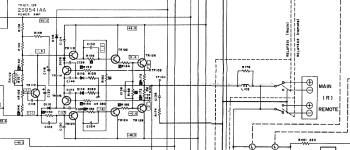
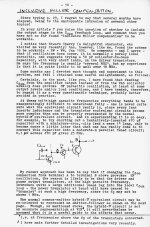
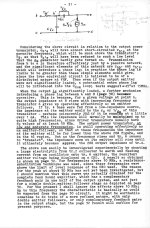
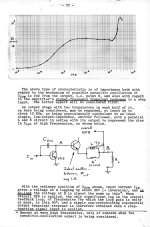
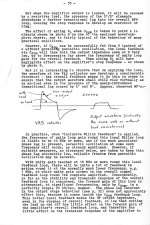
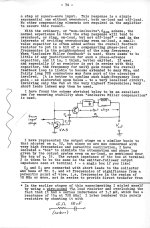
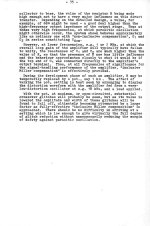
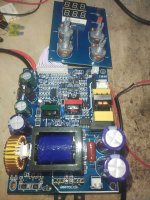

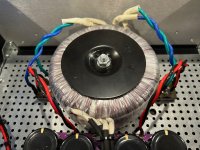
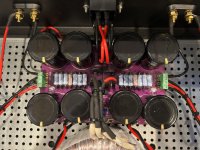
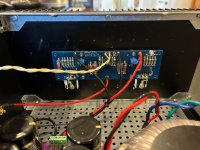
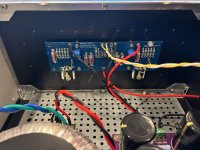
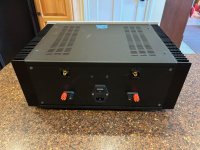
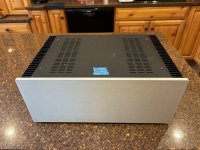
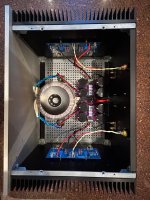
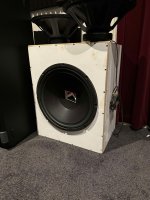
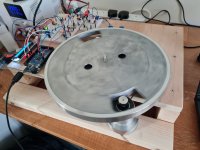
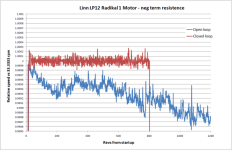
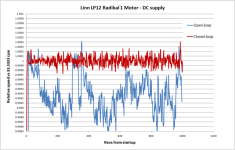

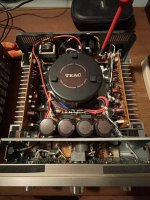
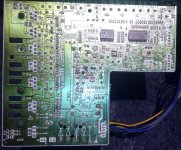
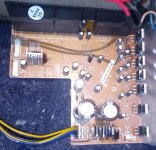
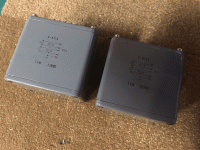
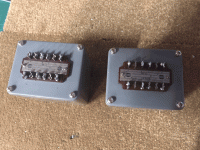
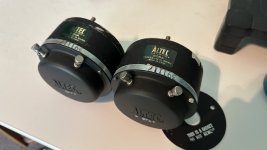
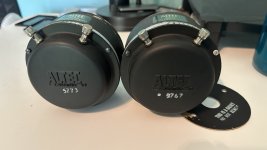
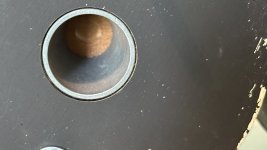
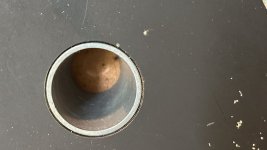
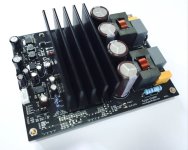
![TDA1543DAC US[1].GIF](/community/data/attachments/1251/1251265-a24ae3e0bea8d77b2f2dbd77bbd92423.jpg?hash=okrj4L6o13)
